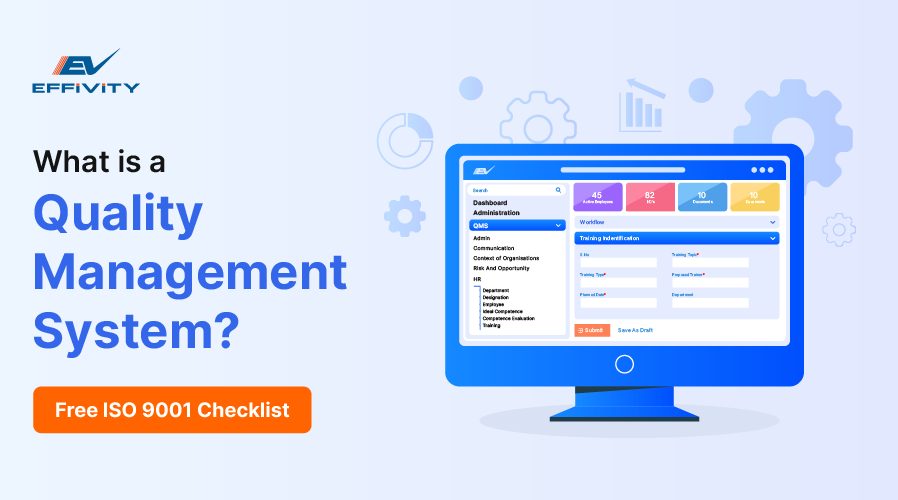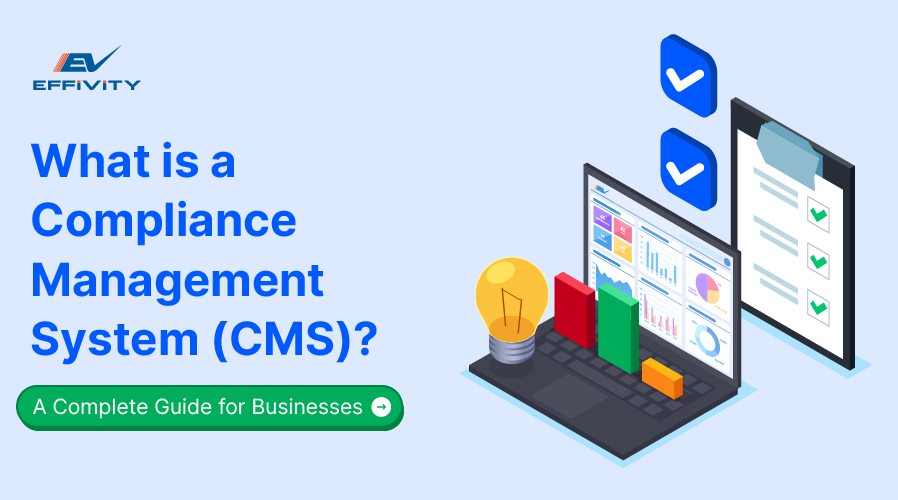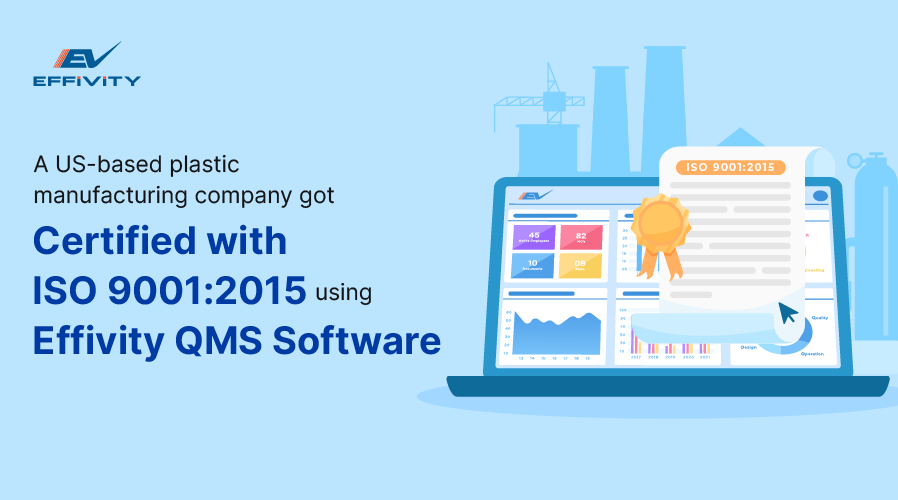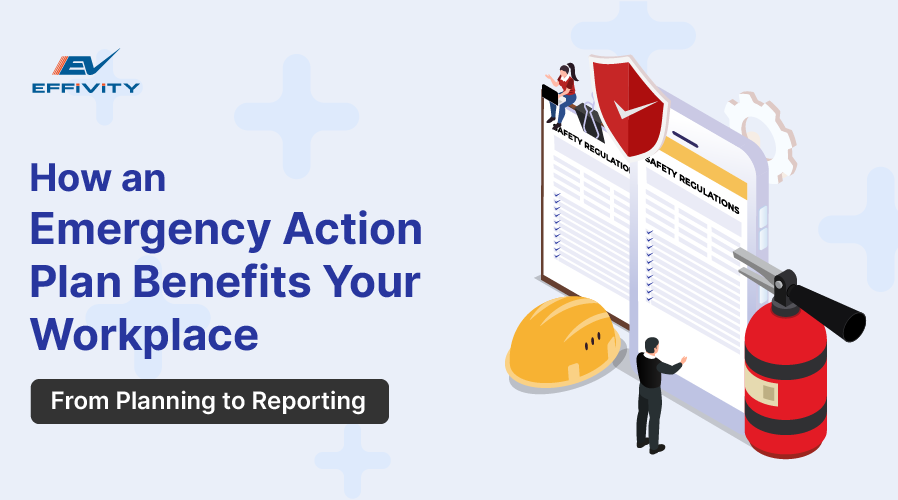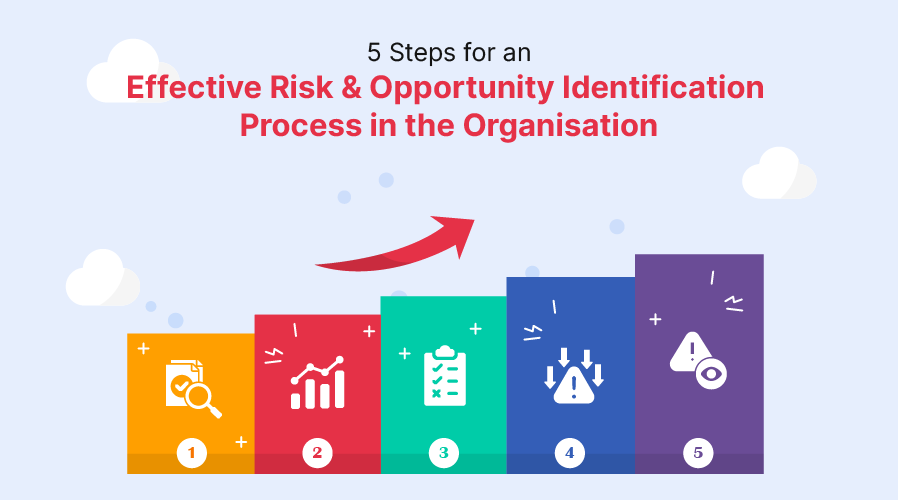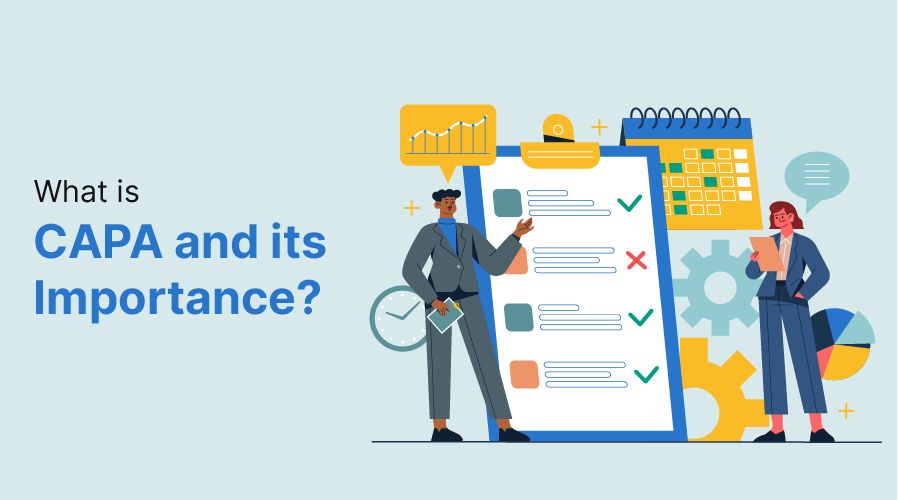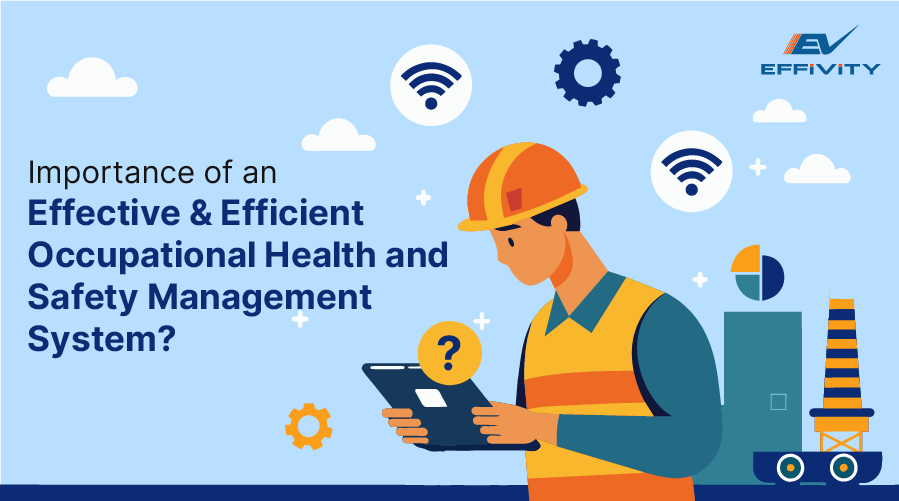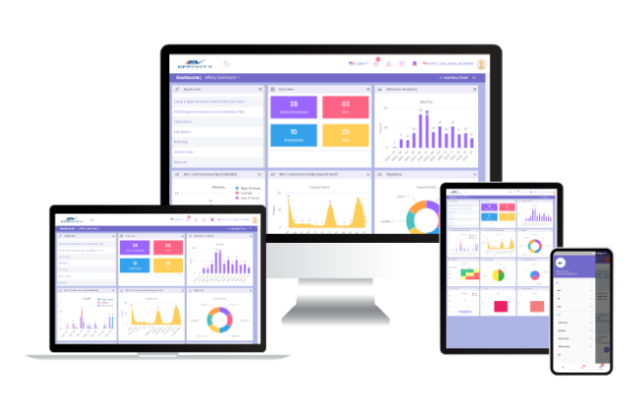In recent years, workplace health and safety have gained significant attention, pushed by an amplified awareness and widespread coverage of natural disasters, industrial accidents, health emergencies, and other emergencies. As a result, ensuring employee safety has become a major priority for organizations worldwide.
This shift has led to a widespread adoption of Emergency Action Plans (EAPs), which are now a standard practice in many workplaces. These plans are instrumental in promoting well-being and safety. They foster a more inclusive and safe work environment that is better prepared to handle unforeseen disasters.
Effective action plans go beyond regular documentation—they're vital in moments of crisis. They give companies a clear strategy to protect their employees and property when workplace emergencies strike.
These EAPs outline the steps organizations must take in case of an OSHA emergency and provide clarity and confidence in chaos, ensuring that everyone knows what to do and how to remain safe when it matters most.
In this article, we explore what Emergency Action Plans are, how they work, and the ways in which they can benefit your workplace.
What is an Emergency Action Plan (EAP)?
Emergency Action Plans are mandatory under certain OSHA regulations and standards. Their purpose is to manage the organization and its employees' plans of action in case of workplace emergencies.
Emergency action plans often include guidelines for evacuation routes and communication protocols, as well as outlining responsibilities for each employee or department. When done correctly, this designation of responsibility can help individuals react efficiently to a wide range of events.
Inadequately designed plans can put organizations at significant risk, leading to chaotic responses, poorly executed evacuations, and a higher likelihood of injuries or property damage. Proper employee training and a well-developed action plan can minimize and mitigate any structural damage to the facility, injuries, health issues, or even fatalities.
What Do EAPs Cover?
EAPs cover a wide range of emergent events. These include:
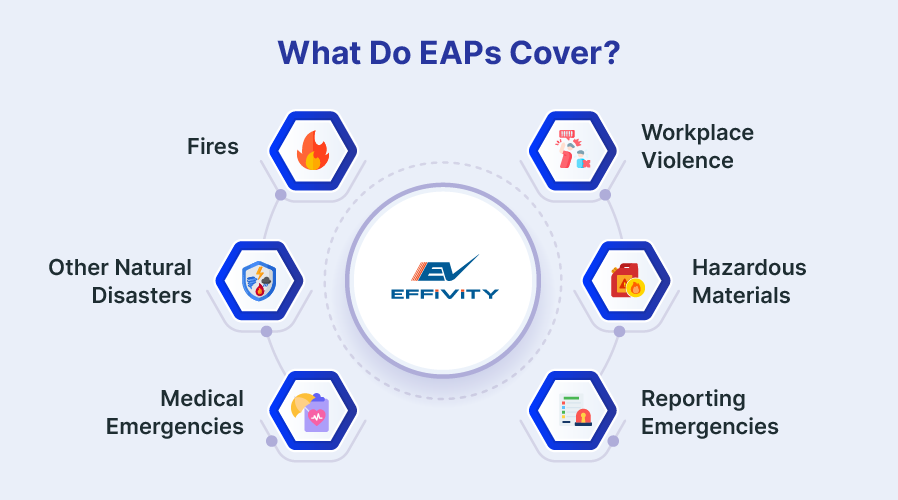
1. Fires
Fires are among organizations' most common emergencies, and most EAPs first cover how to prevent and respond to them. This includes the placement and utilization of fire extinguishers, evacuation protocol, communication and meeting points, and coordination with emergency services.
2. Other Natural Disasters
Apart from fires, EAPs also take into account a variety of other natural disasters. These include earthquakes, floods, tornadoes, hurricanes, and other weather events. Action plans include emergency evacuation routes, meeting points, coordination with emergency services, and more.
3. Medical Emergencies
Medical emergencies can also occur in any workplace. Well-structured EAPs include first aid protocols, medical duties, and coordination with emergency services.
4. Workplace Violence
Many organizations also have certain protocols for workplace violence, whether from customers, employees, or other third parties. These protocols cover what to do in case of violence, how to contact, notify, and coordinate with authorities and emergency services, and lockdown procedures.
5. Hazardous Materials
Organizations that deal with hazardous materials, chemicals, radioactive contaminants, and other dangerous materials may accidentally release harmful substances. EAPs include instructions regarding evacuation, first aid, prevention, and notifying the necessary authorities.
6. Reporting Emergencies
Emergency reporting is another crucial aspect of an emergency action plan. Individuals must be aware of protocols to notify others, contact the proper authorities, or address the public. This could involve intercom systems, telephone contacts, public address systems, and more.
How Does an Emergency Action Plan Benefit Your Workplace?
Implementing a well-structured Emergency Action Plan in your workplace has several benefits. This includes:
1. Employee Safety
A well-made EAP ensures employee safety during emergencies. It helps organizations take the appropriate action, contact authorities, evacuate safely, and deal with the situation effectively, minimizing the risk of injury.
2. Improve Regulatory Compliance
Staying compliant with regulations—government laws, OSHA guidelines, ISO standards, or others—is essential for protecting your business.Non-compliance can lead to large fines and other serious repercussions. Well-crafted Emergency Action Plans (EAPs) keep your workplace safe and ensure your organization meets these requirements, helping avoid penalties.
3. Reduce Response Time
One of the biggest advantages of having an EAP is the reduced response time when dealing with emergencies. This can minimize injuries, reduce the impact of the emergency, and possibly save lives.
4. Display Commitment to Employee Safety
Any organization's top priority should be employee safety. Having an EAP in place to deal with potential emergencies displays a company's commitment to the safety of its employees and the surrounding environment. This fosters trust amongst employees, making the workplace a more welcoming and safe place.
5. Minimize Property Damage
EAPs can also significantly reduce the risk of property damage. They include the procedures and protocols for handling materials and equipment safely, reducing the chances of spills (of hazardous materials), fires, or machinery breakdown.
6. Maintain Open Communication
When emergencies and disasters strike a workplace, clients, and stakeholders may develop negative perceptions of your organization. A well-designed and comprehensive EAP ensures open and direct communication with them, keeps them informed of the incident, and assures them of your workplace practices.
7. Reduce Financial Loss
One of the major impacts of any workplace disaster is the financial damage incurred. Whether it is a fire, chemical spill, damage from natural disasters, or other emergencies, businesses face severe financial repercussions in replacing damaged property.
A well-prepared EAP can lessen and mitigate the risks associated with disasters, minimize damage to property, and outline the necessary alternatives to maintain production. It can also help with insurance coverage and reduce the recovery time.
8. Efficient Coordination with External Emergency Services
In the event of a disaster, quick action, communication, and response from emergency services are crucial to prevent injuries, save lives, and minimize property damage. EAPs often establish the necessary communication protocols, meeting points, and evacuation plans in coordination with authorities to facilitate quick emergency reporting.
Wrapping Up
An Emergency Action Plan is one of the most important documents in any organization. Making one requires thorough risk assessments, collaboration between authorities and employees, identification of hazards, documentation, and regular updating.
When preparing your organization for natural disasters, the right software can significantly improve the efficiency of your EAP. Effivity's Emergency Response Preparedness Planning & Response module, as well as the HSE Operations module, are specifically tailored to ensure quick and easy access to plans, track completed testing to assess the readiness of emergency responses, ensure updates required are not missed or delayed, and standardize the testing of your emergency response plans.
To learn more, visit Effivity's website today!

